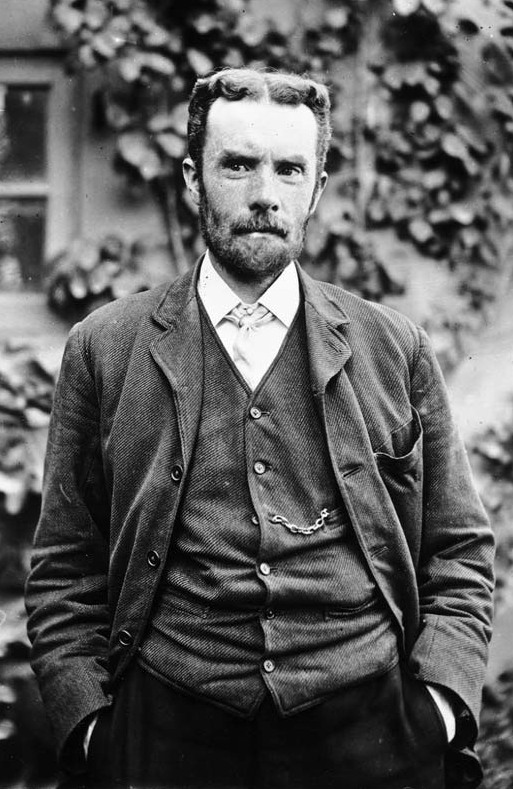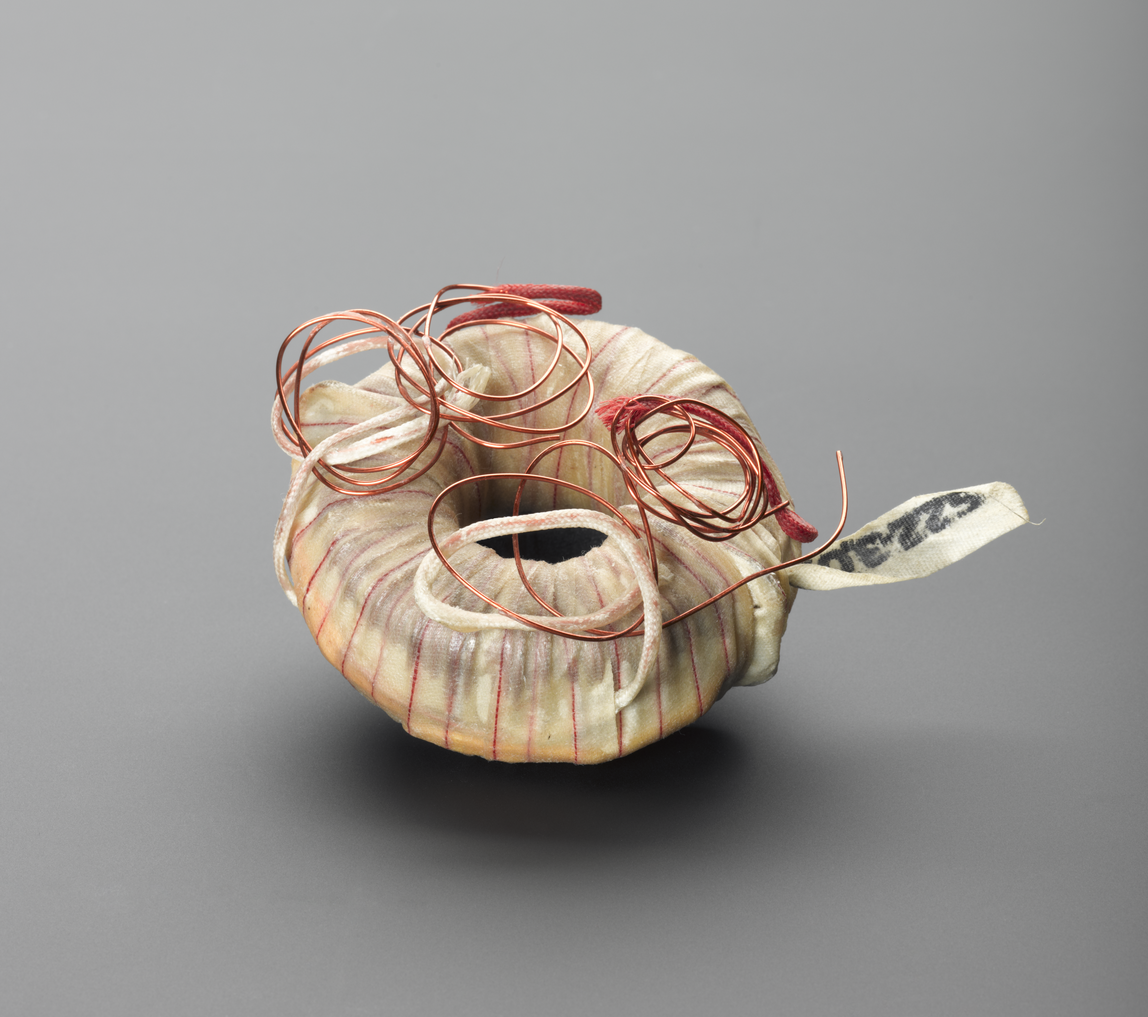In December 2019, Tom Hopper’s film adaption of Andrew Lloyd Webber’s stage musical Cats was released to near universal critical panning. “A purr-fectly dreadful hairball of woe” being one prominent review headline of the star-studded film.
Now pray tell, you may be wondering, how does the musical Cats relate to the Science Museum?
Well ladies and gentleman, boy and girls, and all other options in between, the connection is – of course – the Heaviside Layer.
In the film and stage version of Cats, a group of cats assemble once a year to attend the Jellicle Ball.
The ball is actually a contest where one lucky cat is chosen by Old Deuteronomy (played by Judi Dench in the film) to have a new life by ascending to the Heaviside Layer where that cat is transformed into anything and everything they wanted to be.
Mysterious and unshown, the Heaviside Layer in Cats is some sort of heaven or afterlife: “Up up up past the Russell hotel / Up up up to the Heaviside layer”.
But what is the Heaviside layer, why is it in Cats and who was Oliver Heaviside?
The Heaviside layer, or to give its correct title, the Kennelly-Heaviside layer, is a layer of the upper atmosphere about 50-90 miles above the Earth’s surface.
It was independently co-proposed by English electrical engineer, physicist and mathematician Oliver Heaviside and American electrical engineer Arthur Kennelly in 1902.
Oliver Heaviside (1850-1925) was a self-taught electrical engineer, physicist, mathematician, and keen cyclist.

Heaviside was born in poor circumstances in Camden, London in 1850. His education began in a girls’ school run by his mother. Self-taught in Morse code and some aspects of electricity, Heaviside’s career in electrical telegraphy began through family connections.
Heaviside’s aunt Emma West (his mother’s sister) married electrical telegraph pioneer Charles Wheatstone. Through this connection, Heaviside became a telegraph clerk and later electrical engineer for the Anglo-Danish Telegraph Company, later the Great Northern Telegraph Company, in Newcastle upon Tyne.
Heaviside worked for the company from 1868 to 1874 when he stopped work in part due to deafness and a decline in general health. Heaviside was also determined to follow a more independent research career – to devote himself to scientific research and electrical theory.
And this he did – with some financial precarity – for the rest of his natural life.
One of the many contributions Heaviside made to electrical engineering and electrical telegraphy was his discovery of the principle of ‘cable loading’, that is how long-distance electrical telegraph and telephone transmission could be improved through the use of ‘loading’ the cable with additional inductance.

This was practically realised through the use of loading coils (the above example is on display in our Information Age gallery) first practically developed by Michael Pupin in the USA and later superseded by electronic repeaters.
Heaviside was a brilliant but isolated, difficult and eccentric man who made important theoretical contributions to electrical engineering and physics.
Working mostly independently of the many technical and scientific institutions, he had a difficult and sometimes antagonistic relationship with other scientists and engineers, especially when he thought them beneath his intellectual brilliance.
Additionally, Heaviside’s often-theoretical work was not always appreciated at the time of publication in part due to Heaviside’s sometimes obtuse mathematical writings and use of obscure notation.
The Heaviside Layer
One of the most important contributions Heaviside made for modern telecommunications was his prediction in 1902 of an ionised reflective layer in the atmosphere which would reflect radio signals back to earth.
Independently, American electrical engineer Arthur Kennelly also proposed the existence of such a region in the ionosphere: Kennelly published in March 1902 and Heaviside in December 1902.
The layer became known as the Heaviside or Kennelly-Heaviside layer (it’s now known as the E layer). It is vitally important for long-distance radio communications as the layer can be used to bounce radio messages around the world.
The Heaviside layer solved the mystery of how Marconi’s first transatlantic wireless message was sent over the horizon from Poldhu in Cornwall, England to a receiving station at St John’s in Newfoundland in December 1901.
The Heaviside layer was also of practical use for long-distance wireless communications networks introduced in the 1920s.
Cats and the Heaviside layer
So back to our original question: how did the musical Cats come to feature the Heaviside layer as some mystical afterlife or heavenly space? The Heaviside layer was not featured in T.S. Eliot’s 1939 original Old Possum’s Book of Practical Cats, a whimsical collection of 14 poems about cats written for children.
Rather, the Heaviside layer appeared in unpublished writings by T.S. Eliot sent to Andrew Lloyd Webber by T.S. Eliot’s widow Valerie Eliot during the writing of the stage musical Cats which mentioned the cats eventually go “up up up to the Heaviside Layer”.
The Heaviside Layer would have been familiar to T.S. Eliot. Eliot’s 1939 play The Family Reunion, which explores a hero’s journey from guilt to redemption as well as heaven and the afterlife, refers to the Heaviside Layer.
Additionally, in 1947, English scientist Edward Appleton won a Nobel Prize in physics for his contributions to the knowledge of the ionosphere including the Heaviside Layer.
TLDR: The Heaviside layer is not heaven or the afterlife for fictional musical cats but rather a part of the Earth’s atmosphere which can be used to bounce radio waves.
Further reading
Bruton Elizabeth. “From theory to engineering practice: shared telecommunications knowledge between Oliver Heaviside and his brother and GPO engineer Arthur West Heaviside,” Phil. Trans. R. Soc. A 376 (2018): 20170454. https://dx.doi.org/10.1098/rsta.2017.0454
Hunt, Bruce. “Oliver Heaviside: A first-rate oddity,” Physics Today 65, 11, 48 (2012); https://doi.org/10.1063/PT.3.1788
IET Archives biographies: Oliver Heaviside 1850-1925
Nahin, Paul J. Oliver Heaviside: The Life, Work, and Times of an Electrical Genius of the Victorian Age (2002). URL: https://jhupbooks.press.jhu.edu/title/oliver-heaviside
O’Connor, J.J. and E.F. Robertson. Oliver Heaviside (1850-1925).